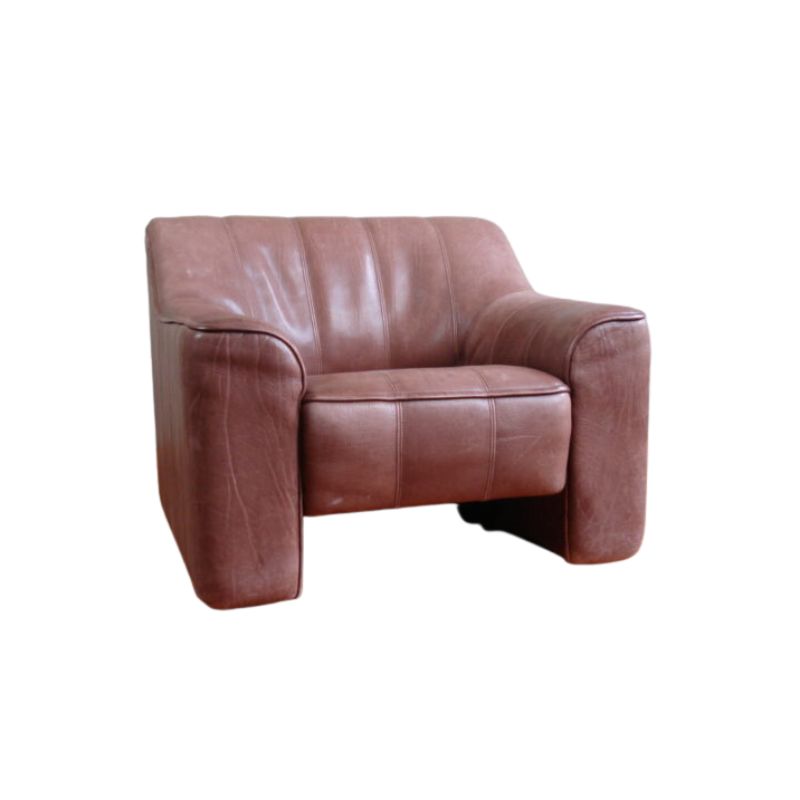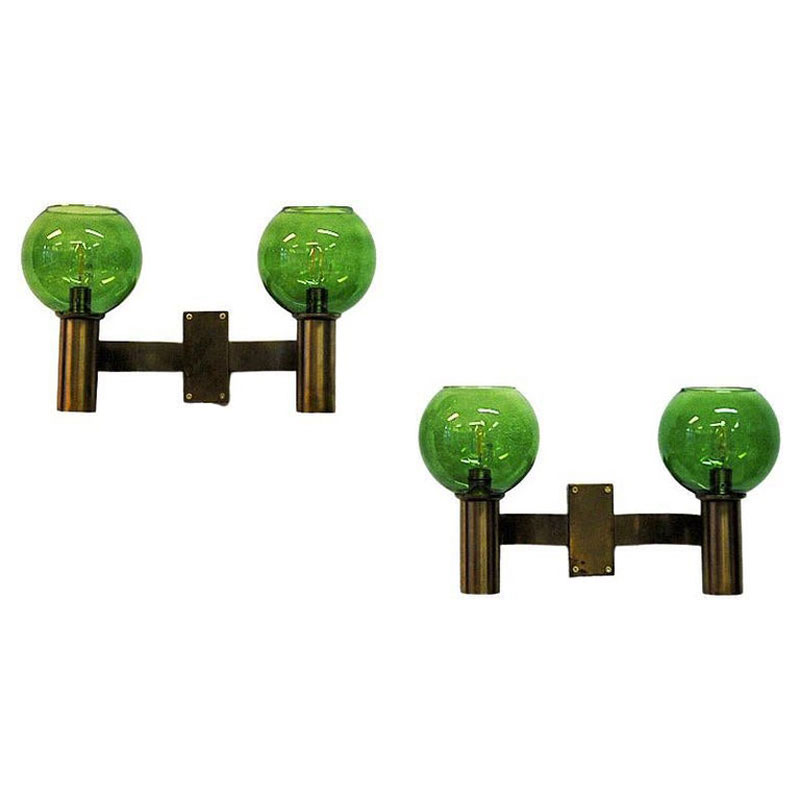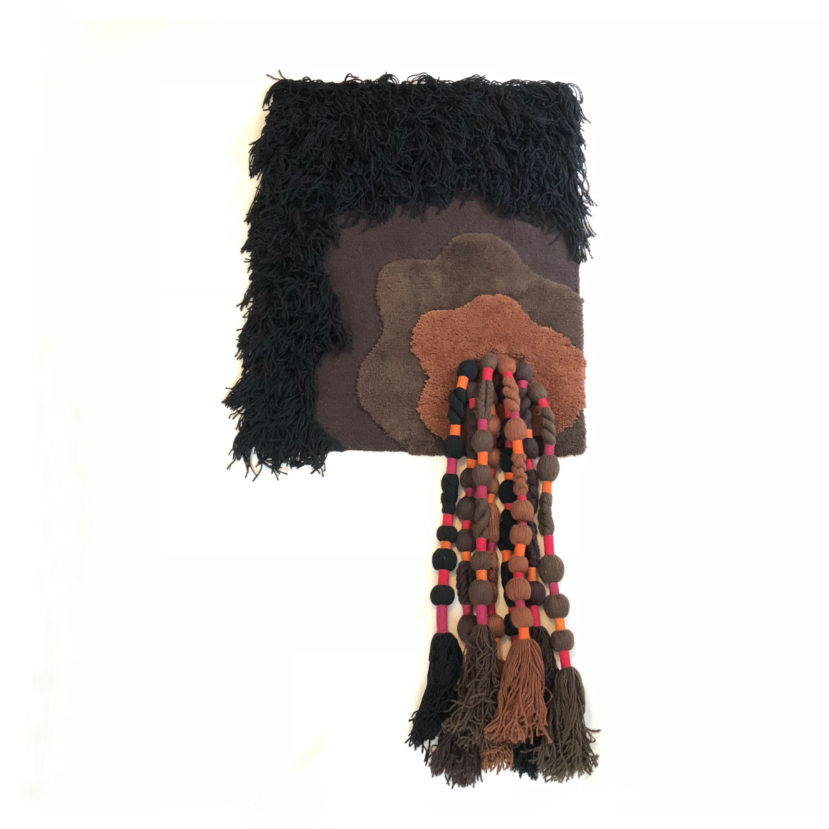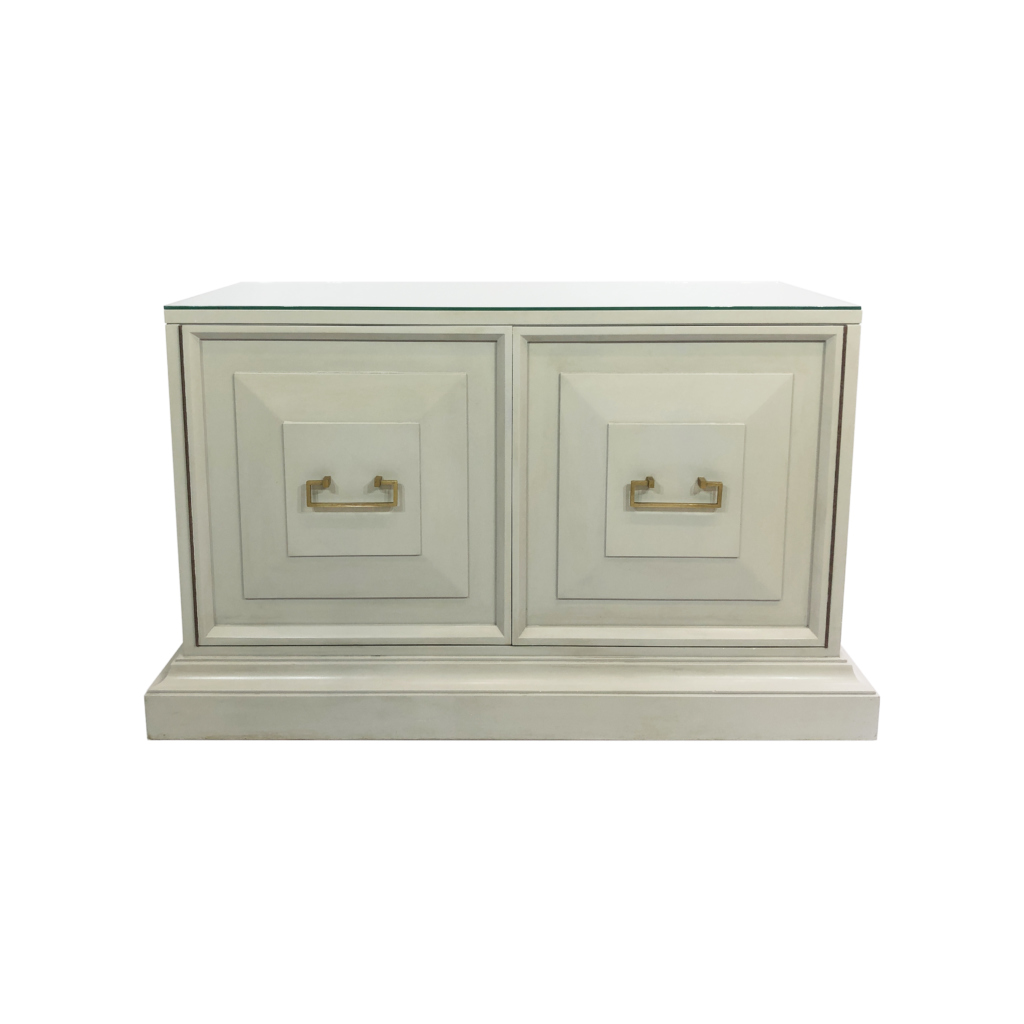Anyone have an ID for this unusual cube chair. Seems to take some inspiration from many different things I've seen. The bent arms, rear wings, etc. It's very solid and heavy. I can't decide if it's rudimentary or something else entirely. Believe it's mostly walnut while there's a front crossbar that is metal with a wood veneer. <img class="wpforo-default-image-attachment wpforoimg" src=" http://old.designaddict.com/sites/default/files/forum/IMG_1923.

Yeah, this seems like some sort of build. SDR, went back and took some more photos. I'm not a woodsmith and not sure sure which part you're referring to. I do think the bottom seat is a plywood. As for the rest of the piece I wouldn't know but will upload some more shots for the discussion.
Yeah, it is without the cushions. Wish that weren't the case. So you believe the side panels and the arms are plywood? I never would have thought that. So my walnut assumptions were way off?
The underneath seems so unfinished compared to the outside of the piece.
Here are some more detail shots and closups of the hardware used.
mrwright, if you google images of "fir plywood", you'll see the same grain pattern as on the side and back panels of your chair. It has been stained so the color isn't that of fir, but the grain sure is.
The seat base is very homemade-looking. I have stripped down a lot of chairs and can't think when I've seen a webbed base that was plywood. Maybe on a Pearsall chair or two but most of those are framed, even---I think. (This is not a Pearsall that I've ever seen.)
A cut-out panel of plywood is a decent, even smart, base panel, to accept webbing -- assuming the broad perimeter doesn't limit the area of resilience. No corner joints to worry about !
Most common production furniture has a lower degree of finish on unseen faces, like the bottom.
One sure way to eliminate solid wood is to compare both faces of a panel. With veneer the two faces won't show the same grain pattern on both sides . . . and the joints between pieces won't align, as they must with solid planks.
Leif, credit where credit is due.
Robertson screws have been common in Canada for a looong while. It's only since the wide use of cordless power screwdrivers that their superior (to Phillips) design for this application has popularized them here in the US and elsewhere.
http://en.wikipedia.org/wiki/List_of_screw_drives#Robertson
If you need any help, please contact us at – info@designaddict.com









